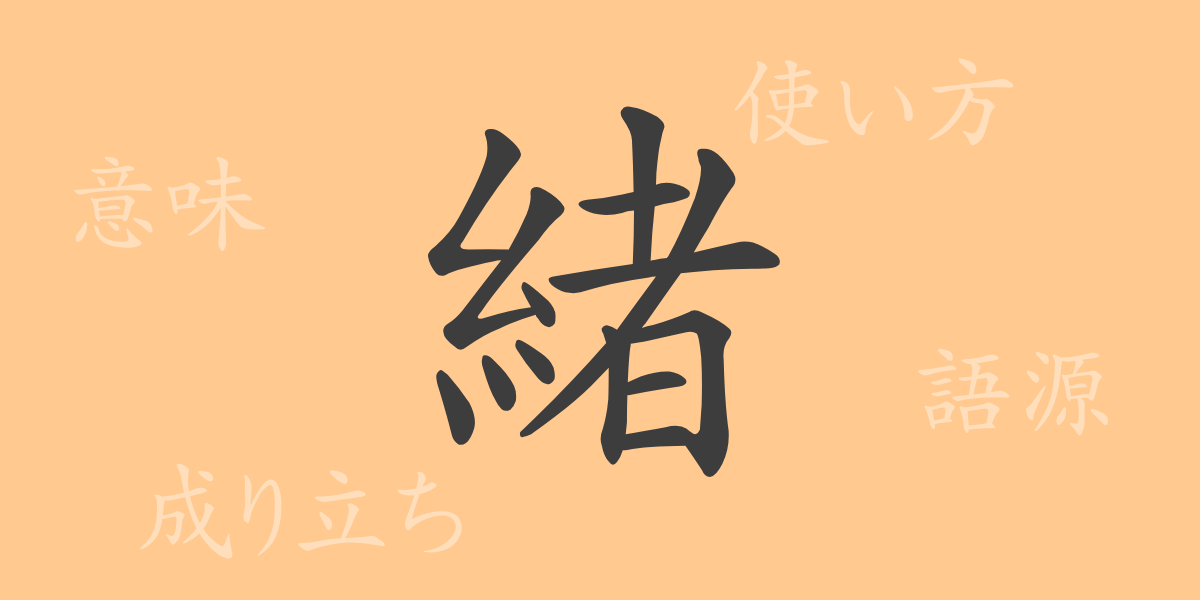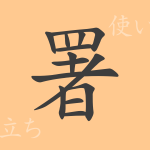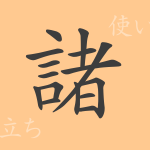Japanese is rich with numerous kanji, each carrying its own history and meaning. Among these, the kanji “緒(しょ)” is commonly used in daily life, yet its background and various usages are often not deeply explored. This article delves into the origins, meanings, and uses of the kanji “緒(しょ)”, including its readings, stroke count, and radicals. Additionally, we will explore idioms, expressions, and proverbs that feature “緒(しょ)”, embarking on a journey to rediscover the richness of the Japanese language.
緒の成り立ち(語源)
The kanji “緒(しょ)” originates from the act of tying threads together. In ancient China, the act of binding threads symbolized the beginning of things and continuity, which became the etymology of “緒(しょ)”. The character is composed of the “糸(いとへん)” radical, representing thread, combined with the “又(また)” component, representing the hand tying the threads.
緒の意味と用法
The kanji “緒(しょ)” signifies “the beginning of things” and “connection”. It is often used in phrases such as “新しい生活の緒を結ぶ” (to start a new life) and “話の緒をつかむ” (to grasp the thread of the conversation). It also refers to psychological connections or emotional movements, as in “感情の緒が乱れる” (emotions become disturbed).
緒の読み方・画数・部首
The kanji “緒(しょ)” reflects the depth of the Japanese language through its readings and structure.
- 読み方: 音読みでは「ショ(しょ)」、訓読みでは「お」と読みます。
- 画数: 「緒(しょ)」の画数は14画です。
- 部首: 部首は「糸(いとへん)」です。
緒を使った熟語・慣用句・ことわざとその意味
Here are some idioms, expressions, and proverbs that include “緒(しょ)”:
- 情緒(じょうしょ): Refers to the movement of emotions or atmosphere, often used to describe beautiful scenery or art.
- 一緒(いっしょ): Means that multiple things are in the same state or place.
- 終緒(しゅうしょ): Refers to the end or conclusion of an event or story.
- 緒につく(しょにつく): Means to begin something or to find the opportunity to start something.
- 緒が同じ(しょがおなじ): Means that the fundamental part or starting point is the same.
緒についてのまとめ
The kanji “緒(しょ)” symbolizes important concepts such as the beginning of things and connections. Used in daily conversations and literary works, “緒(しょ)” is essential for expanding the expressive range of the Japanese language. Understanding the meanings, uses, and idioms related to “緒(しょ)” will deepen your appreciation for the intricacies of the language and the joy of using it. As one of the commonly used kanji in Japanese, let’s continue to cherish “緒(しょ)” in our linguistic endeavors.

























